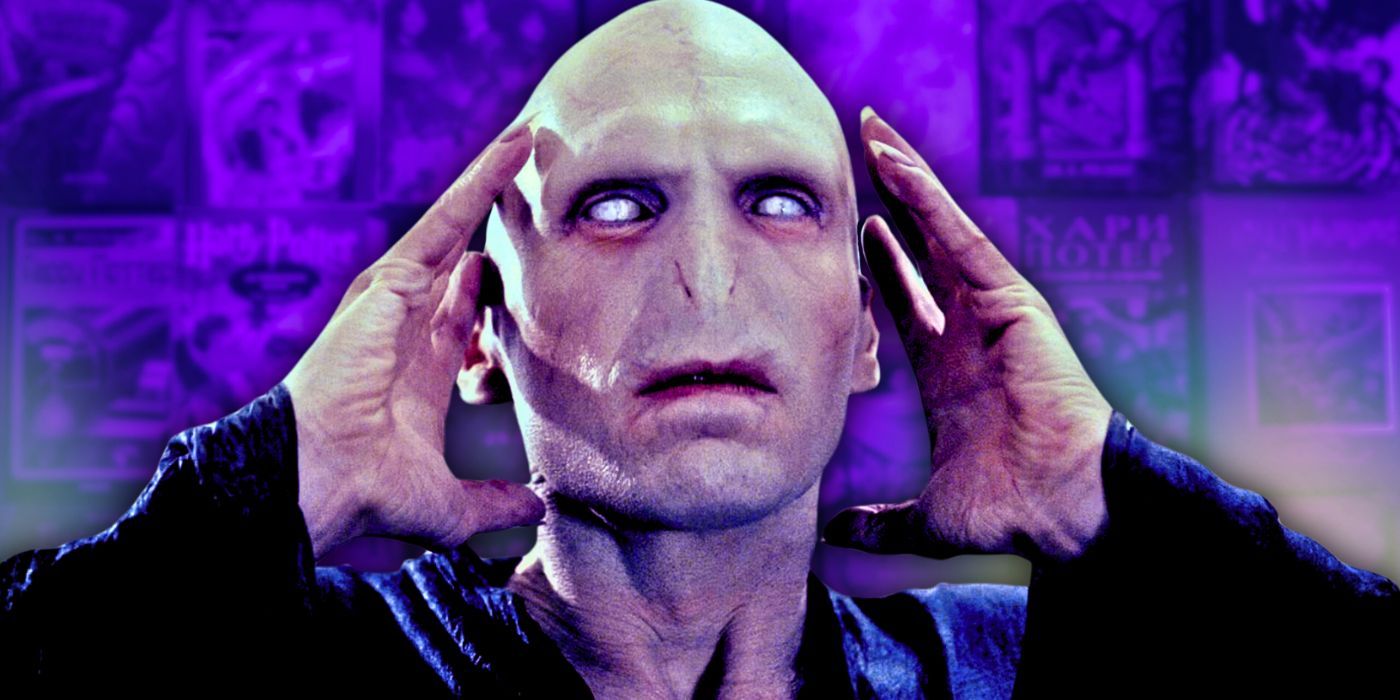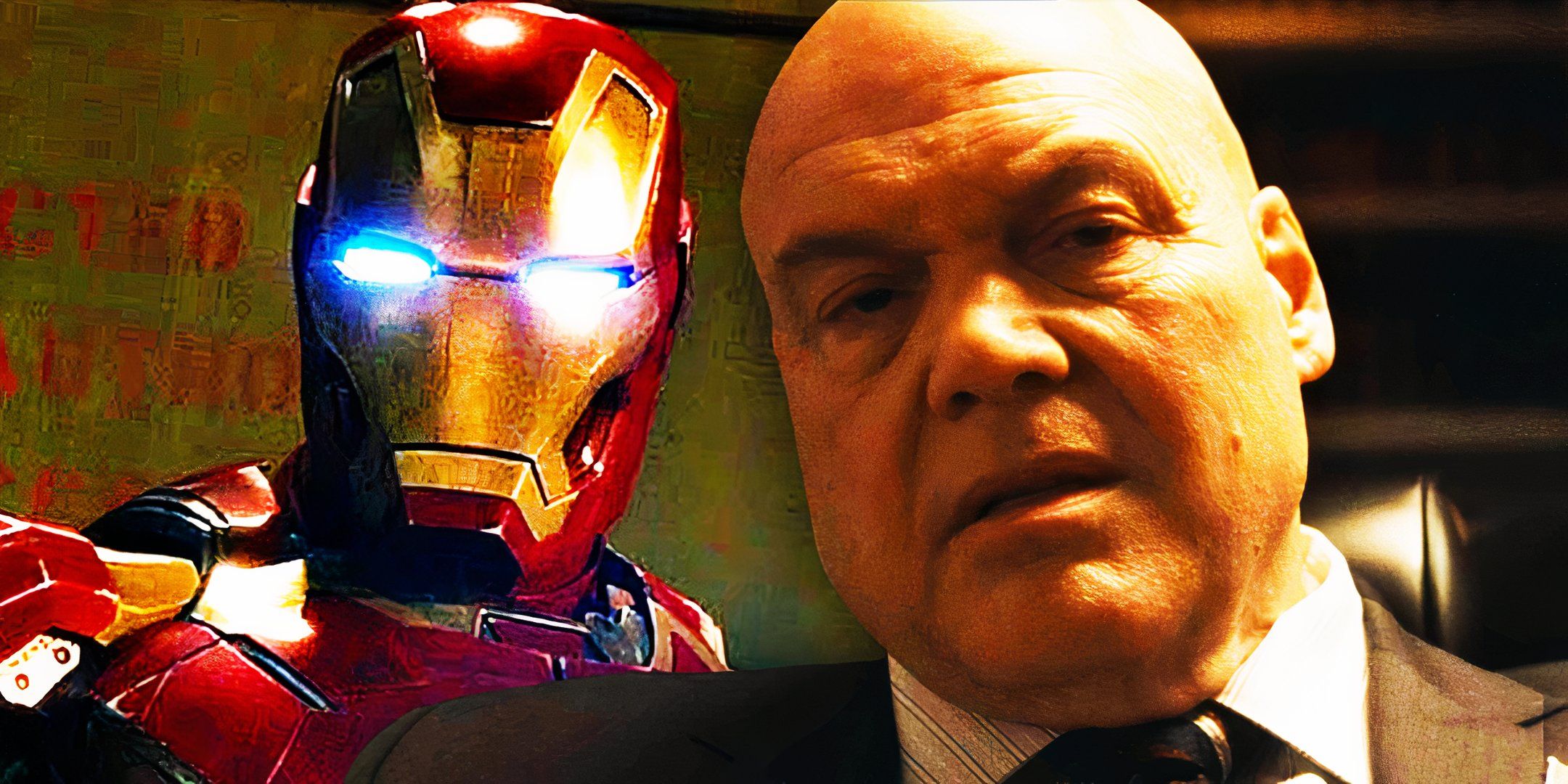Harry Potter Uses The Same Clever Villain Trick In All But 1 Of The Books
Summary Harry Potter books cleverly tease villains with red herrings before revealing the true enemy, except for Deathly Hallows.
Each book's Chapter 13 subtly hints at the real villain, setting up shocking reveals later in the story.
Deathly Hallows breaks the trend by focusing on Voldemort without misdirects, offering important clues in Chapter 13.
Voldemort is the main villain of the Harry Potter series, but the books feature smaller enemies as well — and each installment uses the same clever trick to tease its bad guy, with one exception. The Harry Potter books often read like mysteries, especially before Voldemort returns to power. In the early books, the Golden Trio spends much of the narrative determining who's behind the strange happenings at Hogwarts. And even in the later Harry Potter novels, there's often some problem Harry must solve before he's able to overcome that story's obstacle.
Given this setup, the Harry Potter books are known for their shocking villain reveals. The novels tend to use red herrings to lead the Golden Trio down the wrong path. In Harry Potter and the Sorcerer's Stone, they firmly believe Snape is the one trying to steal the titular object. However, it's later revealed that Quirrell is the one seeking it. And the rest of the novels follow a similar trajectory, hinting at one villain and unveiling another. However, all but one of the Harry Potter books use a clever trick to tease the real enemy ahead of the big reveal.
Related Why The Harry Potter Books Were Banned The Harry Potter books have faced many controversies, to the point where they have been banned due to certain themes addressed in them.
Chapter 13 Cleverly Reveals Each Harry Potter Book's Villain With 1 Exception
This Chapter Always Hints At Which Character Is Guilty
Close
Harry Potter's villain reveals may seem shocking on first read, but the true enemy is always hinted at during Chapter 13 (via MuggleNet). In every Harry Potter book — except for Deathly Hallows — Chapter 13 subtly points to the person behind whatever is unfolding at Hogwarts. In Sorcerer's Stone, Harry eavesdrops on a conversation between Snape and Quirrell. While this discussion makes him believe Snape is after the Stone, it later points to Quirrell as the enemy. In Chamber of Secrets, Harry finds Tom Riddle's diary in Chapter 13. Although the book suggests Hagrid is behind the attacks, it's actually Riddle himself.
In the later Harry Potter books, Chapter 13 goes beyond introducing the villain and simply drops clues that the character in question is untrustworthy. Prisoner of Azkaban finds Sirius Black standing over Ron's bed, teasing the revelation that Scabbers is Peter Pettigrew — and the real villain of the book. Meanwhile, Goblet of Fire shows Mad Eye Moody acting erratically and talking about his connections to former Death Eaters. This makes sense later on, when he's revealed to be Barty Crouch Jr. in disguise.
Order of the Phoenix and Half-Blood Prince are more obvious about their villains, but Chapter 13 still points readers in their direction. In Chapter 13 of Order of the Phoenix, Harry's scar hurts him during detention with Professor Umbridge. It's tempting to think she's harboring some secret loyalty to Voldemort, but the explanation is simpler. Harry's scar bothers him because of Voldemort's return and his connection to the Dark Lord. Half-Blood Prince also sees Harry getting suspicious of someone — this time, Draco Malfoy — and he's actually correct. This chapter also introduces Slytherin's locket, setting up the Horcrux storyline.
Why Deathly Hallows Doesn't Repeat This Chapter 13 Villain Trick
Harry Potter and the Deathly Hallows is the only book that doesn't utilize the Chapter 13 villain trick, and that's because it's the final installment in the series. By the time readers reach Deathly Hallows, it's clear who the main threat is: Lord Voldemort. There are no misdirects regarding the villain of Deathly Hallows. The book is all about gathering the resources and courage to face him, and a red herring would feel cheap and unnecessary at that point in Harry's story.
But even if Chapter 13 of Deathly Hallows doesn't subtly tease a villain twist, it does point to one of the more important revelations of the finale. This chapter offers one of the first clues about the Elder Wand, which plays a major role in Voldemort's defeat. It's not quite the same, but it continues the Harry Potter books' trend of delivering critical information during Chapter 13.











COMMENTS